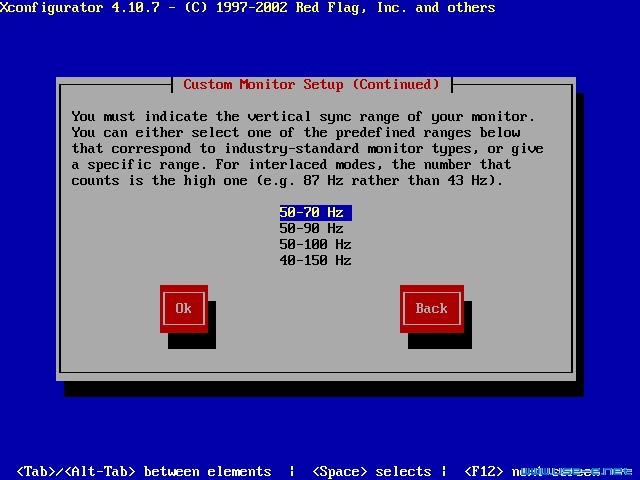mongdb文件型数据库开发实例
mongdb文件型数据库开发实例1. 安装MongoDB的MongoDB的安装的Windows,Ubuntu的或Mac OS X的安装很简单,基本上只是MongoDB的zip文件下载,额外的,并运行命令- MongoDB-folder/bin/mongod元。使用的mongod启动MongoDB的。$./mongodTue Sep 11 21:55:36 [initandlisten] MongoDB starting :pid=72280 port=27017 dbpath=/data/db/ 64-bit host=Yongs-MacBook-Air.localTue Sep 11 21:55:36 [initandlisten] db version v2.0.7, pdfile version 4.5Tue Sep 11 21:55:36 [initandlisten] options: {}Tue Sep 11 21:55:36 [initandlisten] journal dir=/data/db/journalTue Sep 11 21:55:36 [initandlisten] recover : no journal files present, no recovery neededTue Sep 11 21:55:36 [websvr] admin web console waiting for connections on port 28017Tue Sep 11 21:55:36 [initandlisten] waiting for connections on port 270172.连接MongoDB的MongoDB的连接,使用$ MongoDB-folder/bin/mongo$ ./mongoMongoDB shell version: 2.0.7connecting to: test3。创建数据库或表(集合)在MongoDB中,数据库和表时自动创建的第一次数据易做图入。用途使用的数据库的名称,切换到你的数据库(甚至还没有创建)。In below example, after you inserted a single record, database “mkyong”, and table “users” are created on the fly.在下面的例子中,插入一个记录,数据库“mkyong”,和表后,“用户”的飞速创建。$ ./mongoMongoDB shell version: 2.0.7connecting to: test> use mkyongswitched to db mkyongÂ> db.users.insert({username:"mkyong",password:"123456"})> db.users.find(){ "_id" : ObjectId("504f45cd17f6c778042c3c07"), "username" : "mkyong", "password" : "123456" }三个数据库命令,你应该知道。1 show dbs – List all databases.2 use db_name – Switches to db_name.3 show collections – List all tables in the current selected database.1 显示DBS -列出所有的数据库。2 使用DB_NAME -开关DB_NAME。3 展示系列 -列出当前选择的数据库中的所有表。注意集合在MongoDB中,是指在SQL 表。4. Insert A Record4。插入一条记录要插入一条记录,使用或db.tablename.save db.tablename.insert({数据})({数据}) ,这两个动作不知道为什么MongoDB的同时创建了。> db.users.save({username:"google",password:"google123"})> db.users.find(){ "_id" : ObjectId("504f45cd17f6c778042c3c07"), "username" : "mkyong", "password" : "123456" }{ "_id" : ObjectId("504f48ea17f6c778042c3c0a"), "username" : "google", "password" : "google123" }5。更新记录要更新记录,使用:({标准},{$集:{新值}} db.tablename.update) 。在下面的例子中,用户名的密码:的“mkyong”被更新。> db.users.update({username:"mkyong"},{$set:{password:"hello123"}})> db.users.find(){ "_id" : ObjectId("504f48ea17f6c778042c3c0a"), "username" : "google", "password" : "google123" }{ "_id" : ObjectId("504f45cd17f6c778042c3c07"), "password" : "hello123", "username" : "mkyong" }6. Find Records6。查找记录为了找到或查询记录,使用db.tablename.find({标准}) 。6.1列出的所有记录表“用户”。> db.users.find(){ "_id" : ObjectId("504f48ea17f6c778042c3c0a"), "username" : "google", "password" : "google123" }{ "_id" : ObjectId("504f45cd17f6c778042c3c07"), "password" : "hello123", "username" : "mkyong" }>db.users.find(){ “_id”:OBJECTID(“504f48ea17f6c778042c3c0a),“用户名”:“谷歌”,“密码”:“google123” }{ “_id”:OBJECTID(“504f45cd17f6c778042c3c07” ),“密码“:“hello123” ,“用户名”:的“mkyong”}6.2查找记录,其中用户名是“google”> db.users.find({username:"google"}){ "_id" : ObjectId("504f48ea17f6c778042c3c0a"), "username" : "google", "password" : "google123" }>db.users.find({用户名:“谷歌”}){ “_id”:OBJECTID(“504f48ea17f6c778042c3c0a),“用户名”:“谷歌”,“密码”:“google123” }6.3 Find records where username’s length is less than or equal to 26.3查找记录,其中username的长度小于或等于26.4Â Find records where username field is existed.6.4查找其中username字段存在的记录。db.users.find({username:{$exists : true}})7。删除记录要删除一条记录,使用db.tablename.remove({标准}) 。在下面的例子中,用户名 “google”的记录将被删除。> db.users.remove({username:"google"})> db.users.find(){ "_id" : ObjectId("504f45cd17f6c778042c3c07"), "password" : "hello123", "username" : "mkyong" }使用db.tablename.remove()注意:从表中删除所有记录,删除表,使用db.tablename.drop() 。8. Indexing8。索引指数可以帮助您提高数据查询的速度。8.1 List all indexes of table “users”, by default the column “_id” is always the primary key and created automatically.8.1名单表“用户”,默认情况下,所有的索引列“_id”始终是主键和自动创建。> db.users.getIndexes()[{"v" : 1,"key" : {"_id" : 1},"ns" : "mkyong.users","name" : "_id_"}]>8.2要创建索引时,使用db.tablename.ensureIndex(列)。在下面的例子中,“用户名”列上创建索引。> db.users.ensureIndex({username:1})> db.users.getIndexes()[{"v" : 1,"key" : {"_id" : 1},"ns" : "mkyong.users","name" : "_id_"},{"v" : 1,"key" : {"username" : 1上一个:基于日志挖掘的误操作不完全恢复思路
下一个:MongoDB的认证范例





